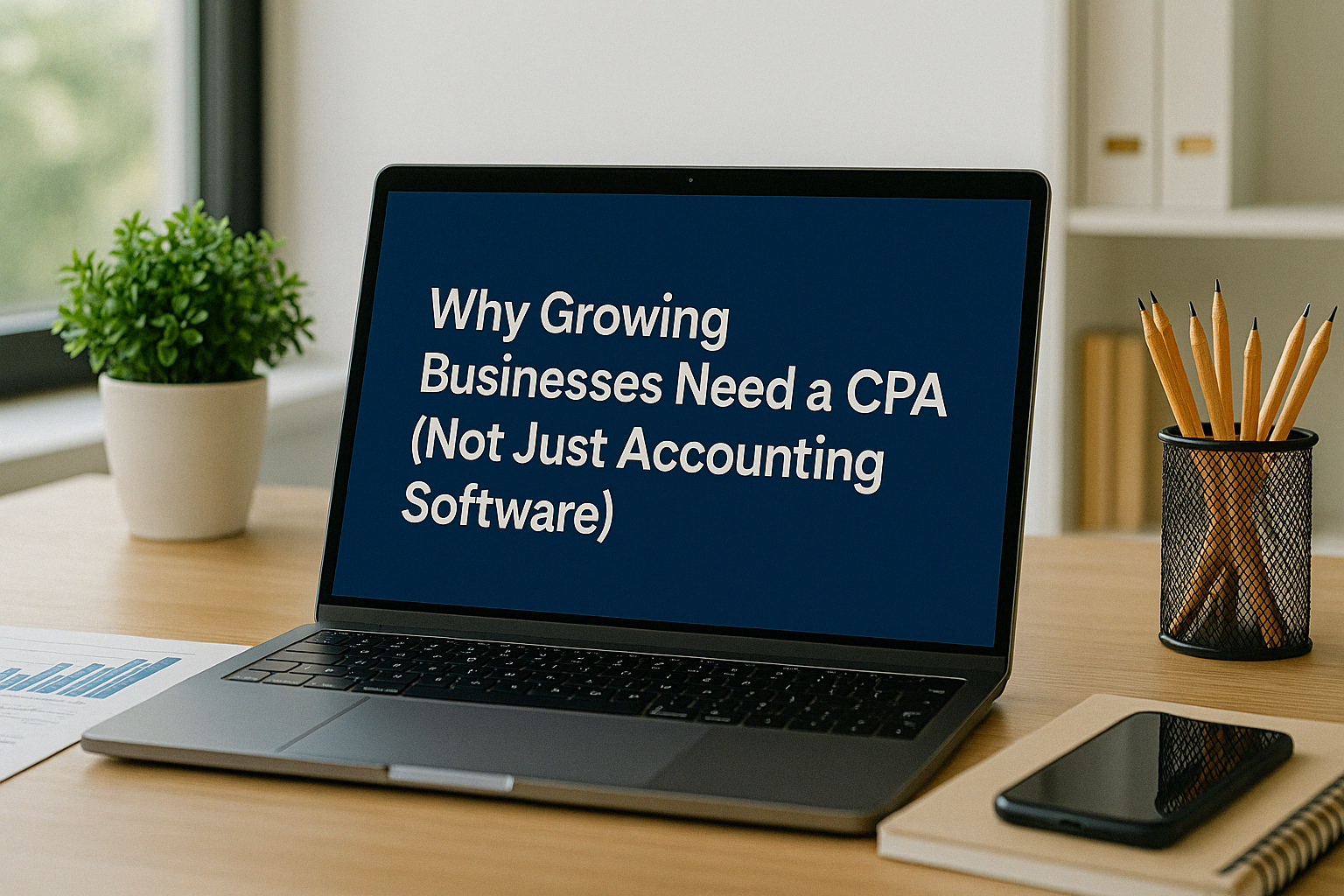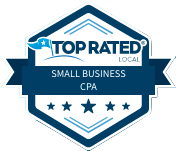How to Use Estimated Taxes to Stay Ahead of the IRS

Why Estimated Taxes Matter (and Who Should Care)
If you’re running a business, freelancing, investing, or earning income without regular tax withholding, estimated taxes are something you can’t afford to ignore. They’re not just some annoying extra chore—they’re how you avoid ugly surprises, penalties, and cash flow chaos down the line.
So, who exactly should be paying estimated taxes?
If any of the following sound like you, it’s time to pay attention:
- Self-employed or freelance income: That includes gig workers, consultants, or anyone earning 1099 income.
- Business owners or landlords: If your income isn’t being taxed as it’s earned, it likely qualifies.
- Investors: Those earning dividends, capital gains, or interest income.
- W-2 employees with a profitable side hustle: Your paycheck might have withholding, but your side hustle doesn’t.
In short, if you expect to owe $1,000 or more when you file your taxes, you should probably be making estimated payments throughout the year.
What Are Estimated Taxes, Exactly?
Estimated taxes are quarterly payments you make to the IRS on income that isn’t automatically taxed. Unlike traditional W-2 employees who have taxes withheld, folks with untaxed income need to proactively send money in.
Think of it as “pay-as-you-go” for taxes. The IRS doesn’t want to wait until April to get paid. If you underpay throughout the year, you could face a penalty—even if you square up at tax time.
How to Calculate What You Owe
This part can feel overwhelming, but it’s more manageable than it sounds. Here's a basic approach to get your number:
- Estimate your total income for the year. Include everything—business income, freelance gigs, rental income, investment income, etc.
- Subtract deductions. That could include things like home office expenses, mileage, retirement contributions, and standard or itemized deductions.
- Calculate your taxable income and apply the current tax brackets. Be sure to include
self-employment tax if applicable.
- Split that number into four equal payments.
Of course, income can change throughout the year. So if things shift drastically—like landing a new client or making less than expected—adjust your remaining payments accordingly.
When Are Estimated Taxes Due?
The IRS divides the year into four payment periods, and each one has its own due date:
- April 15 (for income earned Jan–Mar)
- June 15 (for income earned Apr–May)
- September 15 (for income earned Jun–Aug)
- January 15 of the following year (for income earned Sep–Dec)
It’s not evenly spaced, which trips people up. Set calendar reminders, because missing a deadline can cost you—even if it’s just by a day.
What Happens If You Miss a Payment?
Late or underpaid estimated taxes come with a cost. The IRS charges a penalty, plus interest, on the amount you should’ve paid. It might seem small at first, but if you miss multiple quarters or fall way behind, it adds up quickly.
To avoid this, there are two safe harbors you can use:
- Pay
90% of your current year’s tax liability, or
- Pay
100% of your previous year’s total tax (or 110% if your adjusted gross income was over $150,000)
These aren’t just helpful rules—they’re your lifeline to avoiding penalties if your income is unpredictable.
Why It Pays to Stay Ahead
Let’s say you’re a consultant who brings in $120,000 annually. You have no taxes withheld from client payments, and you wait until tax season to pay up. Suddenly, you’re facing a $25,000 tax bill—and you haven’t set any of it aside. Now what?
That’s where estimated taxes save the day. By breaking that $25,000 down into quarterly payments—roughly $6,250 every few months—you smooth out your cash flow and avoid panic mode in April.
Not only does it protect your wallet, but it also keeps your business running smoother. You’re not scrambling to cover taxes with credit cards or dipping into savings meant for something else.
Real Example: What It Looks Like in Practice
Take Erica, a freelance marketing strategist in Atlanta. She earns about $85,000 a year from client work and has no tax withheld. Last year, she didn’t make estimated payments—and owed over $18,000 in April. That meant scrambling to find cash and getting hit with penalties.
This year, she decided to split that into four manageable payments. She set aside money monthly, made her payments ahead of each IRS deadline, and ended the year without a single financial hiccup.
That’s the kind of control smart tax planning gives you.
Don’t Guess—Plan
If you’re just estimating off the top of your head, there’s a big chance you’ll get it wrong. Many business owners underpay because they forget about self-employment tax, or they miss deductions that could lower their burden.
It’s worth sitting down once a quarter and taking a fresh look at your numbers. Some folks even check monthly—especially if their income swings dramatically. Consistent tracking is the best way to avoid surprises.
If you're not sure how to run the numbers confidently, get support from a
CPA who understands how your business works and can help you map out payments that actually make sense for your situation.
Final Thoughts: It’s About Staying in Control
Estimated taxes aren’t about making your life harder. They’re about protecting your business, smoothing out your finances, and avoiding those nasty surprise bills.
When you treat your tax obligations like part of your business operations—not just an afterthought—you set yourself up for success. No scrambling, no panic, just smart, steady control.
Straight Talk CPAs helps business owners like you stay on top of taxes, minimize penalties, and sleep better knowing you're in the clear. Stay ahead. Stay smart. Let’s make tax time boring—in a good way.
Discover Your Tax Savings Score in Minutes!


Salim is a straight-talking CPA with 30+ years of entrepreneurial and accounting experience. His professional background includes experience as a former Chief Financial Officer and, for the last twenty-five years, as a serial 7-Figure entrepreneur.




